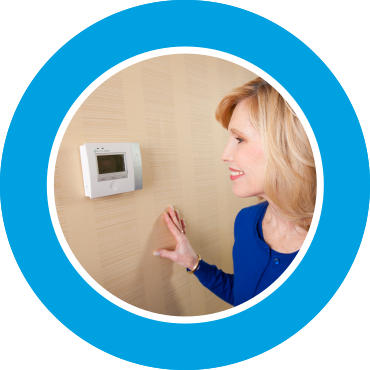Information for gas customers
The gas network is designed to deliver gas from different sources safely and reliably to customers. It already carries some forms of ‘green’ or renewable gases and is likely to carry more of these in the future. Green gases, such as biomethane are low carbon and could offer an affordable and practical way to reduce the carbon dioxide emissions that come from heating and cooking, while being used in the same way as natural gas is today.
To maximise the potential of the gas network to deliver green gases some aspects of the industry need to be updated. One of these is the commercial framework that the gas industry operates under. We have called this the ‘billing methodology’. This project is looking at options to do this and to recommend the best solution for gas customers.






